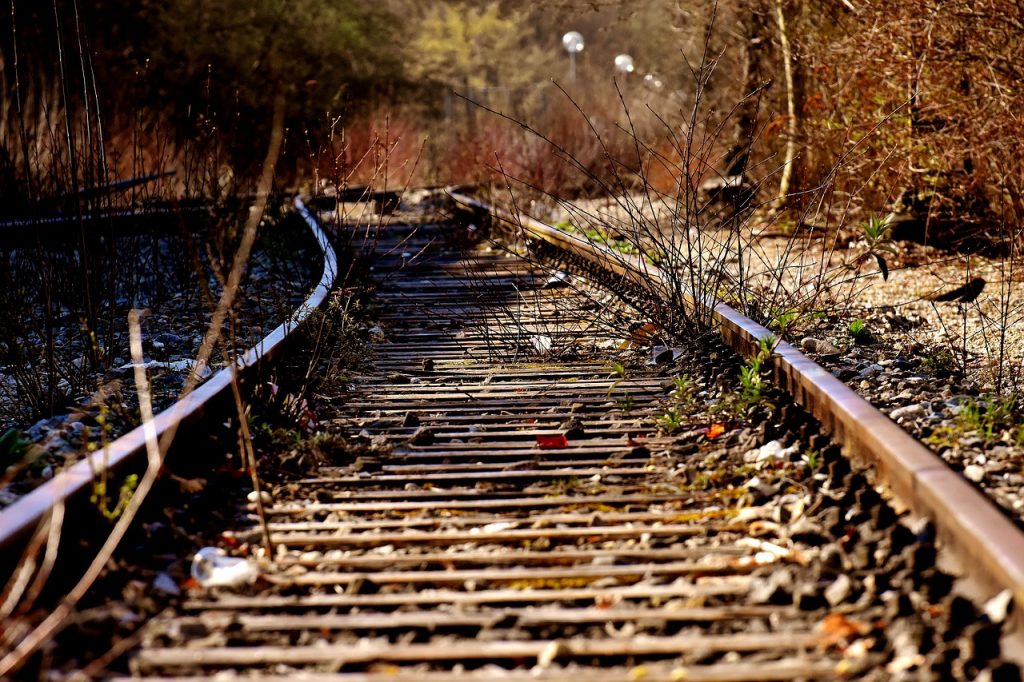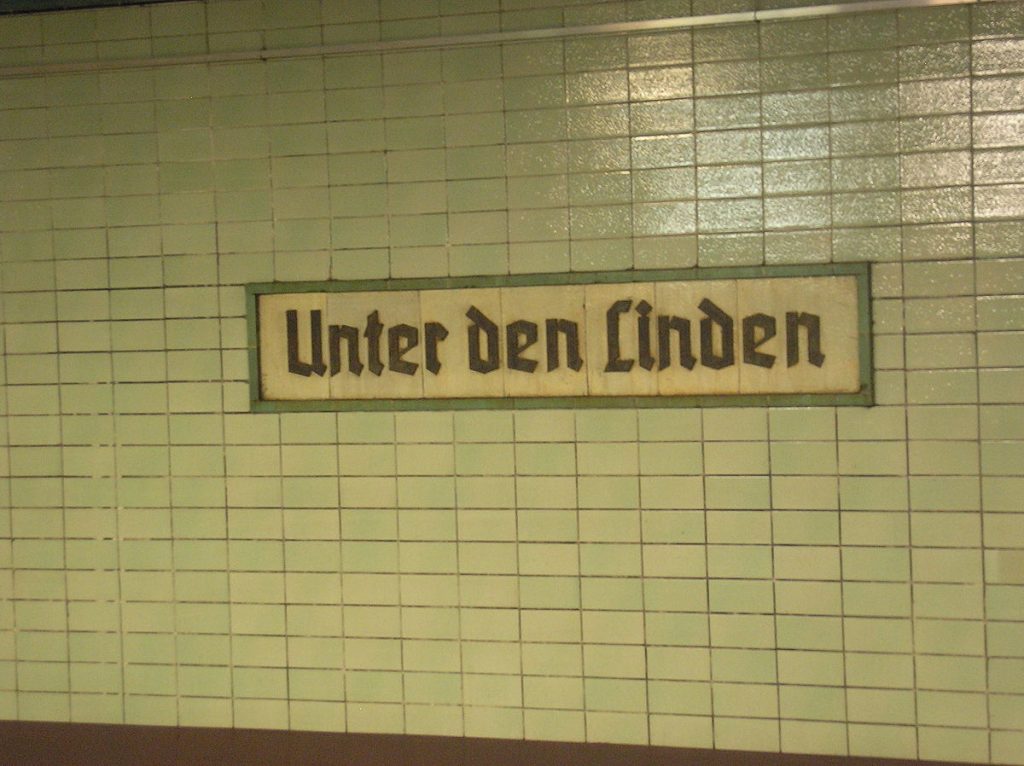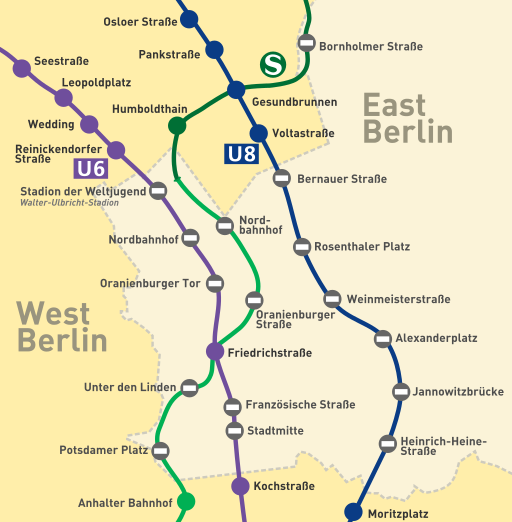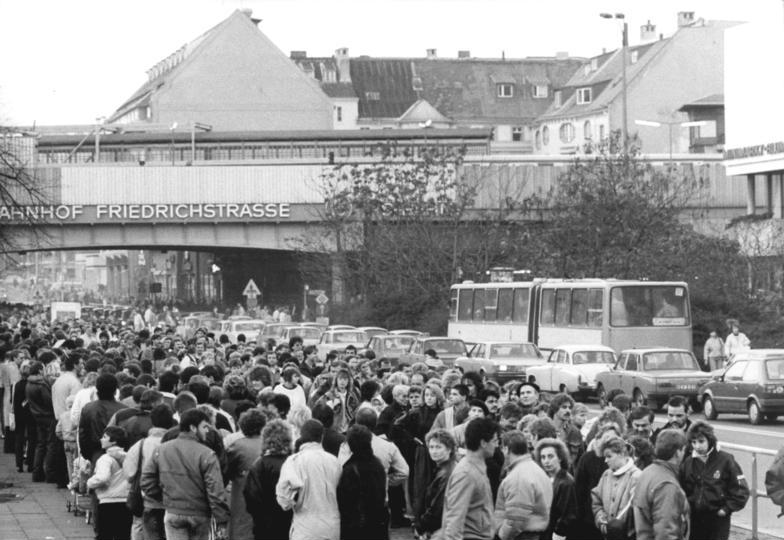Germany’s Historic Ghost Stations Posted by Constanze on May 8, 2019 in Uncategorized
Guten Tag! Today’s post is about die Geisterbahnhöfe – ‘ghost train stations’. This is a term you may already be familiar with, but in German, this word has a significant and interesting history. So, let’s delve right into it!
Throughout this post I may refer to the word in its singular or plural form, so to avoid confusion, here are the forms for both:
der Geisterbahnhof – ghost train station (singular)
die Geisterbahnhöfe – ghost train stations (plural)

A ghost station is a station that has been permanently closed and thus has an eerie, haunted feel to it. In German, the term Geisterbahnhof was used during the Cold War. When Germany was divided into Bundesrepublik Deutschland (West Germany) and Deutsche Demokratische Republic (East Germany), the city of Berlin, too, divided into East and West. This led to the Berlin Verkehrsverbund (public transit network) splitting as well, as freedom of movement between East and West was no longer permitted. As a result, a number of stations were closed.
However, a handful of S-Bahn (Stadtschnellbahn, ‘overground’) and U-Bahn (Untergrundbahn, ‘underground’) trains from the West had to pass through East Berlin (they did not stop there). These stations that were passed through were guarded, with barbed wire on the platform to prevent people from trying to escape. These are the stations West Berliners came to call die Geisterbahnhöfe – ‘ghost stations’ (note: it was never an official term). The entrances to these Geisterbahnhöfe were walled up, and any external signs that described them as train stations were removed.
And whilst West Berlin train maps showed these ‘ghost stations’ on them, the ones in East Berlin did not.
The exception to this rule was Friedrichstraße, a stop that was located in East Berlin, but was only used by West Berlin trains. For this reason, Friedrichstraße became a main border crossing between East and West. West Berliners could enter East Berlin here with a visa, so Friedrichstraße came to be known as der Tränenpalast – “the palace of tears”, as it was the place where so many sad goodbyes took place when visitors inevitably had to leave. Friedrichstraße is also where the famous Checkpoint Charlie was located. When the Berlin Wall fell in 1989, thousands of East Berliners used Friedrichstraße train station to cross over to the West, as shown in this photo:Former S-Bahn Geisterbahnhöfe include Bornholmer Straße, Potsdamer Platz and Unter den Linden, while former U-bahn Geisterbahnhöfe include Stadtmitte, Nordbahnhof, Alexanderplatz and Rosenthaler Platz.
There are also several Geisterbahnhöfe in Germany that are unrelated to the Cold War period. One example is Olympiastadion in Munich, which was built to create extra transport for the 1972 Summer Olympic Games. Officially closed in 1988, the remains of this station are still there today. Others can be found in Hanover, Köln, and Düsseldorf.

Build vocabulary, practice pronunciation, and more with Transparent Language Online. Available anytime, anywhere, on any device.






